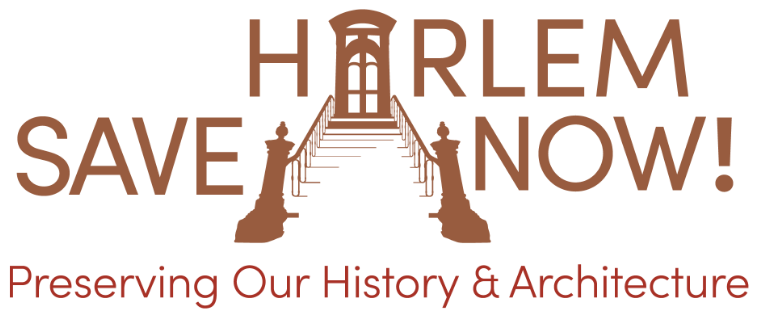Harlem: The Journey Uptown
Illustration by Thomas B. Allen
Publisher: The New Yorker | Author: Jervis Anderson | Original Publication Date: June 21, 1981
This article was published June 21, 1981. In one of the early months of 1914, St. James Presbyterian, a black church then occupying premises on West Fifty-first Street, in Manhattan, decided to move farther uptown, to Harlem. Blacks had been moving to Harlem ever since 1900, abandoning the West Side between the Twenties and the low Sixties, where they had lived for decades. Life on the congested and hostile middle West Side, with its overcrowded tenements and its increasing eruptions of anti-Negro feeling, had grown harder and harder for them, and in Harlem more and more houses were becoming available that were superior to any they had ever occupied elsewhere in Manhattan. Though by 1914 most blacks were moving to Harlem because they had nowhere else to go—not even to Brooklyn, where only those of a higher income could afford to live—more than a few were going there only because the district was becoming the fashionable place for Negroes to be. When St. James Presbyterian decided to join the migration, however, it was not following fashion but yielding to necessity. After observing the exodus from the West Side for more than ten years, during which other black churches had left for Harlem, St. James had judged the movement to be irreversible: Harlem was clearly replacing the West Side as the main black settlement in Manhattan, and to survive and remain useful the church, too, would have to move—to the place where a sizable number of its members were already living. Delete this; this description is too long, and this information is in the full article.

